
Copernical Team
SpaceX lines up pair of Space Coast launches for the weekend
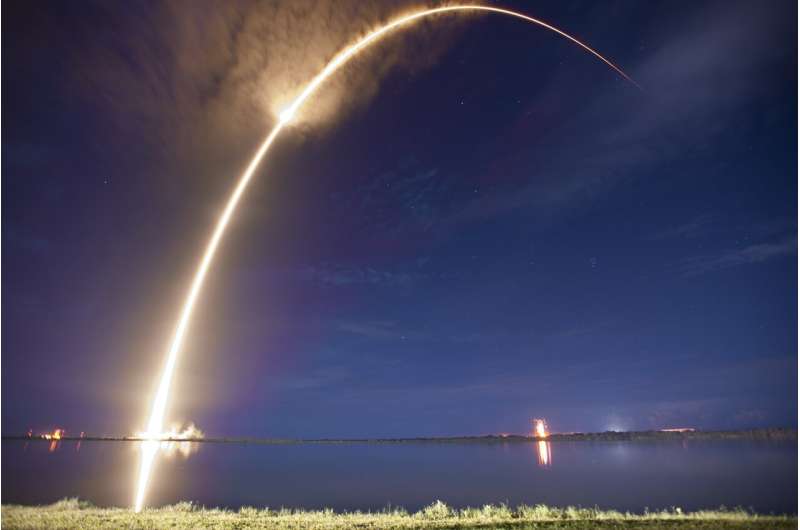
SpaceX has launches set for Saturday and Sunday from the Space Coast.
First up from is a Falcon 9 on the Galileo L12 mission carrying global navigation satellites for the European Commission from Kennedy Space Center Launch Pad 39-A targeting 8:34 p.m. Saturday with a backup Sunday at 8:30 p.m.
The first-stage booster is flying for a record-tying 20th time, but will be expended getting the payload to medium-Earth orbit.
Space Launch Delta 45's weather squadron forecasts a 75% chance for good conditions Saturday, which improves to 80% on Sunday.
The second launch this weekend is planned for Sunday when a Falcon 9 carrying 23 Starlink satellites aims to launch from Cape Canaveral Space Force Station's Space Launch Complex 40 targeting the opening of a four-hour window from 5:50-9:50 p.m. with a backup Monday during a four-hour window that opens at 5:25 p.m.
The first-stage booster is flying for the 13th time and will attempt a recovery landing downrange on the droneship Just Read the Instructions in the Atlantic.
These mark the 31st and 32nd launches of 2024 from the Space Coast, all but two of which have been by SpaceX.
America's 'big glass' dominance hangs on the fate of two powerful new telescopes
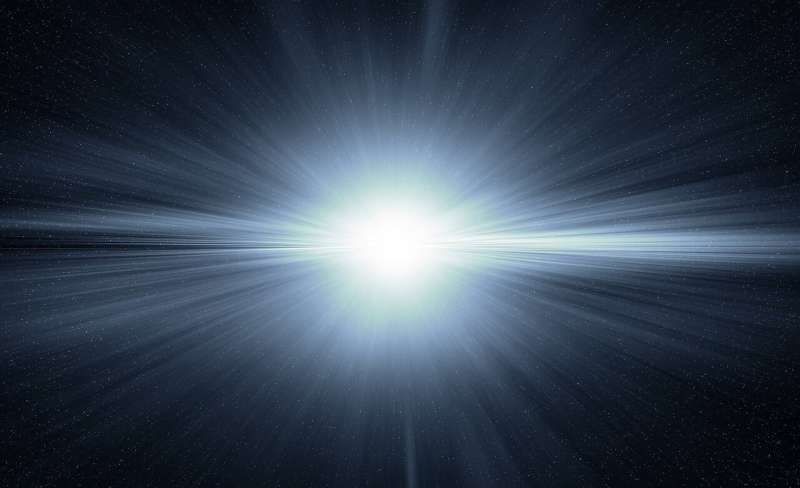
More than 100 years ago, astronomer George Ellery Hale brought two Pasadena institutions together to build what was then the largest optical telescope in the world. The Mount Wilson Observatory changed the conception of humankind's place in the universe and revealed the mysteries of the heavens to generations of citizens and scientists alike. Ever since then, the United States has been at the forefront of "big glass."
In fact, the institutions, Carnegie Science and Caltech, still help run some of the largest telescopes for visible-light astronomy ever built.
But that legacy is being threatened as the National Science Foundation, the federal agency that supports basic research in the U.S., considers whether to fund two giant telescope projects. What's at stake is falling behind in astronomy and cosmology, potentially for half a century, and surrendering the scientific and technological agenda to Europe and China.
In 2021, the National Academy of Sciences released Astro2020. This report, a road map of national priorities, recommended funding the $2.5 billion Giant Magellan Telescope at the peak of Cerro Las Campanas in Chile and the $3.9 billion Thirty Meter Telescope at Mauna Kea in Hawaii.
NASA's Hubble pauses science due to gyro issue
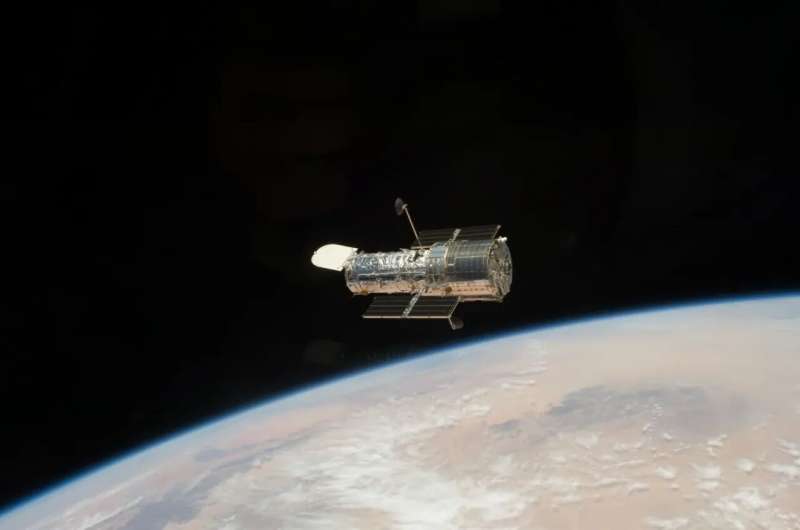
NASA is working to resume science operations of the agency's Hubble Space Telescope after it entered safe mode April 23 due to an ongoing gyroscope (gyro) issue. Hubble's instruments are stable, and the telescope is in good health.
The telescope automatically entered safe mode when one of its three gyroscopes gave faulty readings. The gyros measure the telescope's turn rates and are part of the system that determines which direction the telescope is pointed. While in safe mode, science operations are suspended, and the telescope waits for new directions from the ground.
This particular gyro caused Hubble to enter safe mode in November after returning similar faulty readings.
Q&A: How to catch a glimpse of a new star about to appear in the night sky
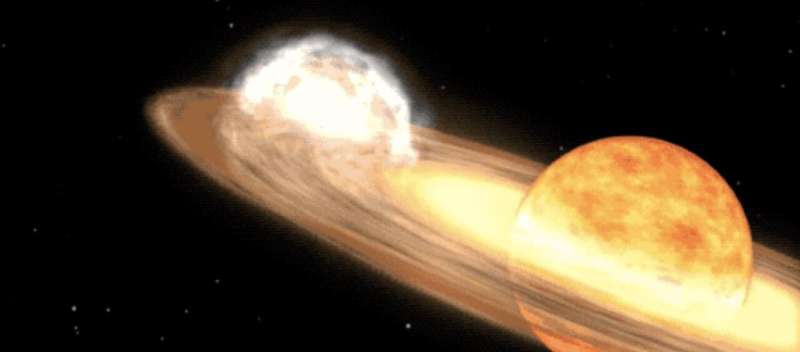
If you peer up at the constellation Corona Borealis—the Northern Crown—over the next several months, you may catch a glimpse: Astronomers predict that sometime this year, a new star will appear in the night sky, growing as bright as the North Star, then vanishing in a matter of days.
The source of that pinprick of light is a stellar system roughly 3,000 light-years from Earth called T Coronae Borealis, or T CrB. There, two stars circle each other, interacting in ways that—like clockwork—produce a powerful eruption of energy about once every 80 years—an event called a recurrent nova.
Webb captures iconic Horsehead Nebula in unprecedented detail
The NASA/ESA/CSA James Webb Space Telescope has captured the sharpest infrared images to date of one of the most distinctive objects in our skies, the Horsehead Nebula. The observations show a part of the iconic nebula in a whole new light, capturing its complexity with unprecedented spatial resolution.
The nebula formed from a collapsing interstellar cloud of material, and glows because it is illuminated by a nearby hot star. The gas clouds surrounding the Horsehead have already dissipated, but the jutting pillar is made of thick clumps of material that is harder to erode. Astronomers estimate that the Horsehead has
Two new satellites join the Galileo constellation
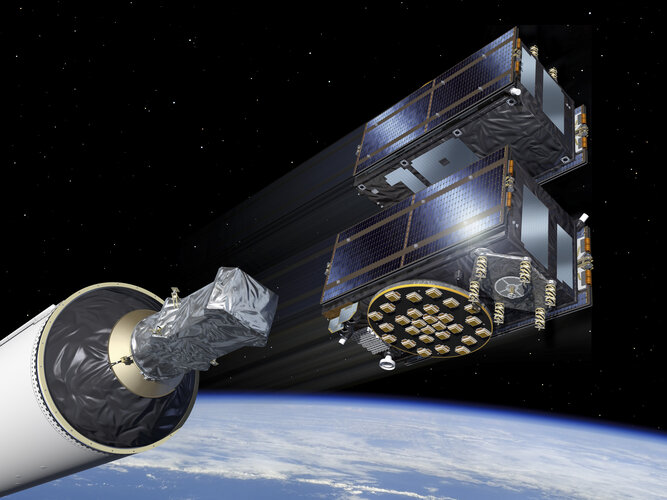
The European Galileo navigation system has two more satellites in orbit following their launch in the early morning of Sunday, 28 April, at 01:34 BST/02:34 CEST. With 30 satellites now in orbit, Galileo is expanding its constellation, increasing the reliability, robustness and, ultimately, the precision, benefiting billions of users worldwide.
Study traces bioluminescence back 540 million years in octocorals
 Bioluminescence, the ability of organisms to emit light, originated in marine invertebrates known as octocorals at least 540 million years ago, a study by Smithsonian scientists indicates. This discovery extends the known timeline of bioluminescence's development in animals by about 300 million years.
Published in the Proceedings of the Royal Society B on April 23, the study provides new i
Bioluminescence, the ability of organisms to emit light, originated in marine invertebrates known as octocorals at least 540 million years ago, a study by Smithsonian scientists indicates. This discovery extends the known timeline of bioluminescence's development in animals by about 300 million years.
Published in the Proceedings of the Royal Society B on April 23, the study provides new i Discover What Website Can Help Me With My Physics Homework
 Physics is one of the most fascinating disciplines that possesses the keys to the Universe. On the other hand, it is one of the most complex sciences. Students describe physics as a fantastic and contemporary terrible subject. Physics problems with homework are known to be challenging due to some mathematical concepts included in physics.
Besides the theoretical part, this discipline provi
Physics is one of the most fascinating disciplines that possesses the keys to the Universe. On the other hand, it is one of the most complex sciences. Students describe physics as a fantastic and contemporary terrible subject. Physics problems with homework are known to be challenging due to some mathematical concepts included in physics.
Besides the theoretical part, this discipline provi Superradiant atoms enhance time measurement precision
 Researchers at the University of Copenhagen have developed a method that could enhance the precision of measuring time by leveraging the properties of superradiant atoms. This approach aims to address some of the existing limitations of modern atomic clocks, which are crucial in technologies ranging from GPS systems to space travel.
The second, as a unit of measurement, is defined with gre
Researchers at the University of Copenhagen have developed a method that could enhance the precision of measuring time by leveraging the properties of superradiant atoms. This approach aims to address some of the existing limitations of modern atomic clocks, which are crucial in technologies ranging from GPS systems to space travel.
The second, as a unit of measurement, is defined with gre Bridging the gap: USUS computer scientists develop new model
 In the heart of a bustling metropolis, a small, unassuming cafe sits tucked away on a quiet street, a hidden gem among the urban sprawl. Inside, the warm glow of hanging Edison bulbs illuminates the room, casting a soft light on the eclectic mix of antique furniture and modern art that adorns the walls.
The air is filled with the rich aroma of freshly brewed coffee and the sound of low, mu
In the heart of a bustling metropolis, a small, unassuming cafe sits tucked away on a quiet street, a hidden gem among the urban sprawl. Inside, the warm glow of hanging Edison bulbs illuminates the room, casting a soft light on the eclectic mix of antique furniture and modern art that adorns the walls.
The air is filled with the rich aroma of freshly brewed coffee and the sound of low, mu 